Popular information
Information for the public:
The gatekeepers of the immune system (pdf)
Populärvetenskaplig information:
Kroppens försvarare (pdf)

The Nobel Prize in Physiology or Medicine 2011
Every day, hour, minute, and second, entire legions of tiny invaders succumb in their struggle against our immune defence. The immune system has an incredible ability to detect enemies of all kinds swiftly and to launch a suitable counterattack. But how does it all work? The 2011 Nobel Laureates in physiology or medicine have provided the answer.
The gatekeepers of the immune system
You are probably under attack at this very moment – nasty freeloaders are prowling around on your skin and presumably also inside your body. But don’t worry; your immune system probably has everything under control. If it hasn’t already spotted the intruder and raised the alert, it will soon do so.
Over millions of years, the immune system has developed ingenious tricks to ensure that it will be activated precisely when it is needed, to outsmart and overpower myriad forms of microorganisms: bacteria, viruses, fungi, and parasites. Until recently, all these secrets were beyond human understanding, but Bruce Beutler, Jules Hoffmann, and Ralph Steinman changed that through their discoveries.
The immune system’s two lines of defence
During the 1900s, scientists made great progress towards understanding the human immune system. A picture emerged of a system comprised of two separate entities that combat invading microorganisms in different ways, but that also cooperate. These two lines of defence are called the innate immune system and the adaptive immune system.
The most immediate response always comes from the innate immune system. As implied by its name, this system is essentially pre-programmed from birth and remains unchanged as long as we live. Its arsenal includes an ability to respond quickly and elicit an inflammation that will vanquish most microorganisms. It can also function in other ways, for example by sending out a barrage of small proteins – peptides – that break down bacterial cell walls.
If the microorganisms break through this line of defence, the adaptive immune system is deployed, with its T-cells and B-cells. These cells play an important role by virtue of their ability to kill infected cells and to produce antibodies. Although this reaction comes later, it is more efficacious and can completely eliminate the microorganisms that still linger in the body.
The adaptive immune system got its name from the fact that it develops successively over an entire lifetime. When we have an infection, groups of T-cells are trained to attack cells that are infected with that specific microorganism, or to stimulate B-cells to produce antibodies. After the infection a few of those T-cells and B-cells live on in the body as memory cells. They enable our bodies to mobilise the immune defence more quickly and powerfully the next time same microorganism attacks. This is the mechanism that explains how we can vaccinate individuals against future infections.
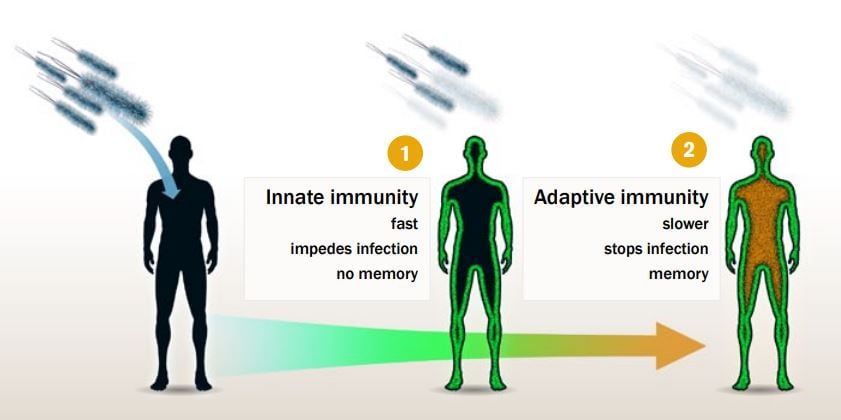
When we become infected by pathogenic microorganisms such as bacteria, viruses, fungi, and parasites, our immune system is activated. This is a two step process: first the innate immune system blocks the infection; then the adaptive immune system eliminates the bacteria and viruses. Illustration: Mattias Karlén. © The Nobel Committee for Physiology or Medicine, Karolinska Institutet
We now have detailed knowledge about how our immune defence – particularly the adaptive immune system – combats microorganisms. Discoveries that clarified how antibodies are constructed and how T-cells recognise alien compounds have previously been awarded Nobel Prizes.
But how it all begins remained enigmatic. No-one had been able to explain how the innate immune system is activated when microorganisms invade the body, or how the two lines of defence communicate with each other. Several more discoveries of Nobel Prize stature were needed to reveal what stratagems the immune system uses to recognise and attack invaders.
The fruit fly’s hidden sensors
Of the two lines of defence, the innate immune system was the first to develop during evolution. Many primitive animal species, such as insects and worms, have only this older type of defence. For science, however, the innate immune system is the “new” line of defence. It started to come under research scrutiny in earnest just 20 years ago.
One of the biggest puzzles was how this immune system is activated when it comes in contact with microorganisms. Many scientists were convinced that the cells in the innate defense was unable to differentiate between various types of attackers, and that the response was not triggered by any specific factor. It was therefore known as the “non-specific immune system”. Jules Hoffmann finally refuted this view in 1996, with his discoveries concerning the immune defence system of the fruit fly.
He was interested in how fruit flies overcome infections so he studied flies with mutations in various genes, including the one named Toll, known to be involved in embryonic development.
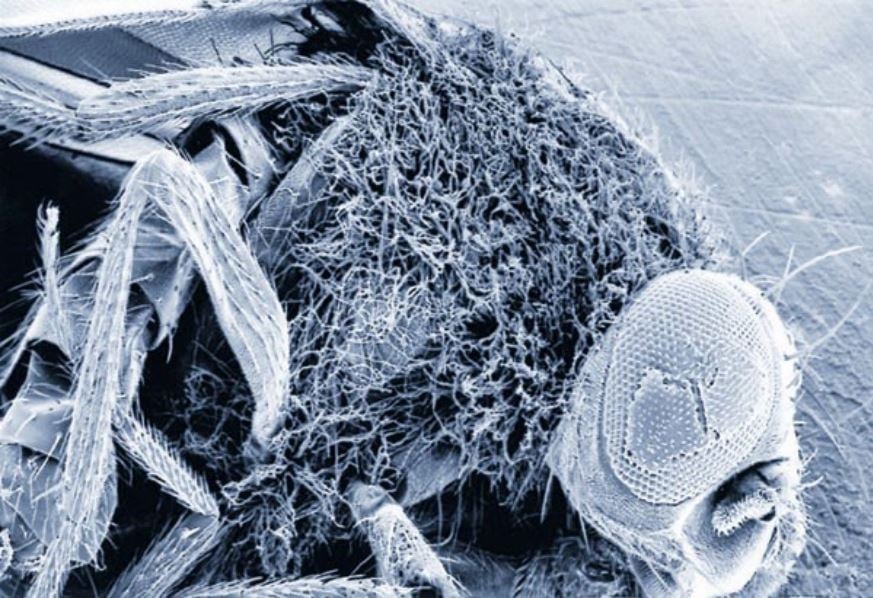
Toll = great
Christiane Nüsslein-Volhard, who discovered that Toll is one of the most important genes for embryonic development, was awarded the Nobel Prize in 1995. It is said that the gene’s name was coined when she saw a funny-looking fruit fly and exclaimed “das war toll!” (that’s “extraordinary”, or “great”).
Mice and humans also have sensors
The discovery of the innate immune system’s sensors in fruit flies was a major scientific breakthrough. But do things work the same way in mammals? The answer came two years later from Bruce Beutler. His discovery was the result of many years’ research towards what was originally a completely different goal.
Bruce Beutler and his colleagues were determined to identify the mechanism underlying the condition called septic shock, a type of blood poisoning that claims many lives every year. Septic shock develops when the immune system reacts to a substance called lipopolysaccharide (LPS) which is formed by many pathogenic bacteria. In small amounts, LPS elicits a protective immune reaction, but large amounts can cause a lifethreatening overreaction of the innate immune system.
The challenge Bruce Beutler and his research team had taken on was to clarify the mechanism through which LPS triggers the immune system. His hypothesis was that the body must have a specific receptor that is activated by LPS – the question was: which receptor?
Bruce Beutler searched systematically through the gene pool of mice that lacked ability to react to LPS. To his surprise, he discovered that they had a mutation in a gene very similar to the fruit fly’s Toll gene. This Toll-like receptor (TLR) turned out to be the LPS receptor everyone had been searching for. When the receptor binds to LPS, it activates signals that prompt the innate immune system to initiate inflammation or – at high doses of LPS – septic shock.
Mammals and insects thus use the same molecules to detect invading microorganisms and mobilise the immune defence’s counterattack. These discoveries sparked off explosive development in the field of research on innate immunity.
To date, about a dozen Toll-like receptors have been identified in humans and mice. Each of these receptors recognises a distinct type of molecule commonly found in the microorganisms that cause disease. Individuals with certain mutations in these receptors are unusually susceptible to infections; other mutations confer increased risk of chronic inflammatory diseases.
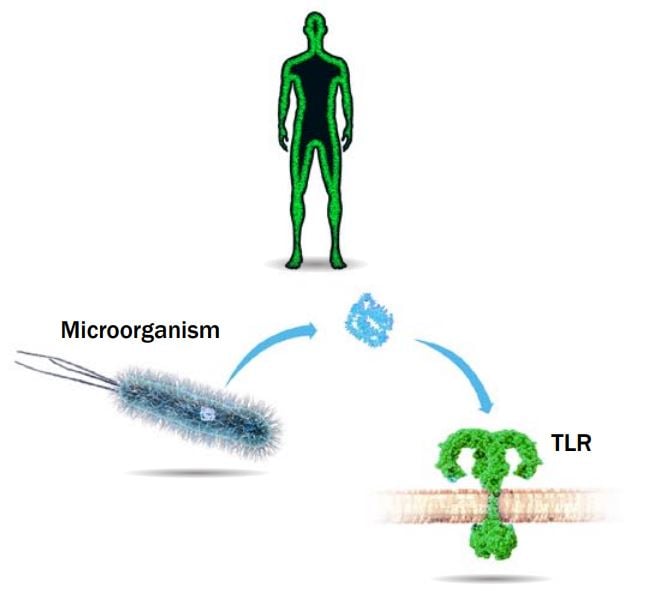
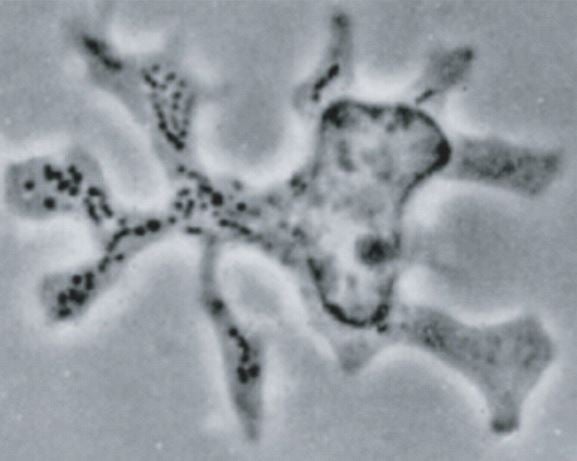
The adaptive immune system’s coordinator
Early in the 1970s, Ralph Steinman was trying to comprehend how T-cells are activated – the cells that execute many of the tasks within the adaptive immune system. He managed to isolate a new type of cell from mouse spleen and named it dendritic cell because of its tree-like shape (Greek dendros = tree). He subsequently demonstrated that the dendritic cell is able to direct the immune system’s T-cells, thus acting as a coordinator for the immune system.
It was some time before the scientific community accepted his results. It was known that T-cells needed help from other cells to be triggered and mount an attack on an invading pathogen. But according to many researchers, these cells had already been identified as macrophages. Ralph Steinman held firm to his conclusion and through a long series of experiments eventually managed to convince the scientific world that dendritic cells played a key role in stimulating T-cells and thus in immune defence.
Through Ralph Steinman’s discoveries, we have learned that dendritic cells are specialised to search for foreign microorganisms. We also know a lot about how they work – knowledge that is largely the result of Steinman’s own research. They are present in most tissues in the body. When they have discovered a microorganism, they are activated in a specific way, engulf the microorganism, and migrate to the lymph nodes. There they activate lymphocytes which in turn proliferate and in huge numbers set out into the body in search of the microorganism.
Later research has revealed that dendritic cells are able not only to activate T-cells, but also to inhibit their activity. This helps the immune system achieve its incredible balancing act – to go to violent attack against pathogenic microorganisms when necessary, but leave the body’s own cells unharmed. Today we also know that the activity of dendritic cells is strongly influenced by signals from Toll-like receptors – in this way they serve as a link between the innate and the adaptive immune system.
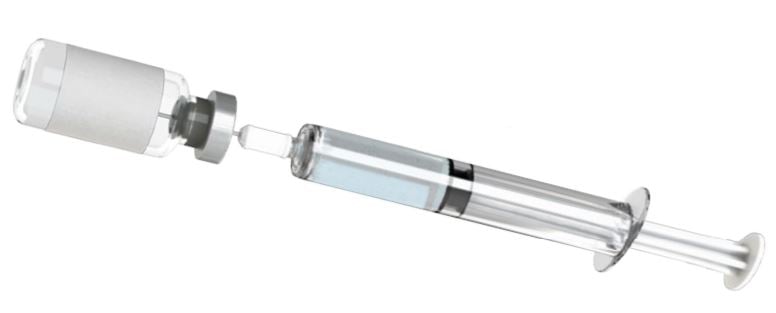
The vaccines of the future
The discoveries made by Bruce Beutler, Jules Hoffmann, and Ralph Steinman have given us new insight into how our immune defence works – knowledge that has great potential to lead to better medical therapies in many contexts. These include better and safer vaccines against microorganisms, vaccines tailored to harness the ability of Toll-like receptors and dendritic cells to activate the immune defence. Development of vaccines and immunotherapy against tumours is another important research field that is emerging from these discoveries. They also help us understand why the immune system sometimes makes mistakes and attacks the body’s own tissues, thus providing clues about how to treat chronic inflammatory diseases.
The Laureates
Bruce A. Beutler
(born 1957)
Professor at the Center for the Genetics of Host Defense, University of Texas Southwestern Medical School, Dallas, USA.
Jules A. Hoffmann
(born 1941)
Professor at the research council CNRS and Institut de Biologie Moléculaire et Cellulaire, Strasbourg, France.
Ralph M. Steinman
(1943-2011)
Professor of Immunology and the Center for Immunology and Immune Diseases, Rockefeller University, New York, USA.
The editorial committee for this year’s popular presentation of the Nobel Prize in Physiology or Medicine included the following scientific advisors, all professors at Karolinska Institutet: Göran K Hansson, Medicine, Secretary of the Nobel Assembly, Urban Lendahl, Genetics, Deputy Chairman of the Nobel Committee, Hans-Gustaf Ljunggren, Infectious Diseases; Annika Scheynius, Clinical Allergy Research.
Text: Ola Danielsson, medical journalist
Illustrations and layout: Mattias Karlén
© The Nobel Committee for Physiology or Medicine, Karolinska Institutet
Nobel Prizes and laureates
See them all presented here.
